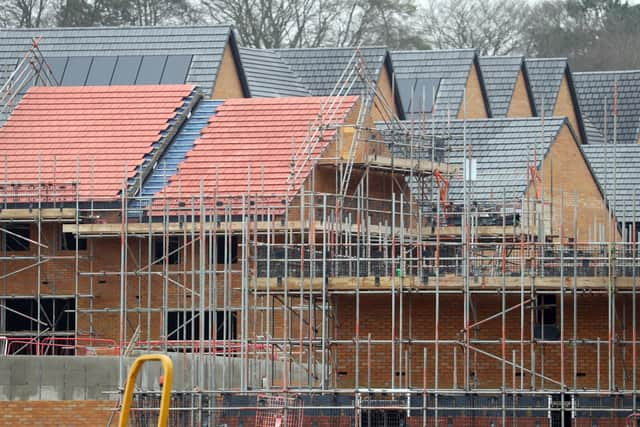Expanding permitted development rights would be a positive but there’s a catch - Ritchie Clapson
PDRs have been around for decades, but they came into their own in 2015 when the government allowed developers to convert office buildings into residential use. Since then, the number of permitted development rights has increased significantly. You can now also convert gyms, doctor’s surgeries, light industrial units, banks, cafes, and restaurants into residential, as well as add new storeys to existing blocks of flats.
The aim of further changes is to streamline the development process even more: homeowners would be allowed to build wider and taller extensions without the need for planning permission; rules limiting the proportion of land a home and its extensions can occupy would be scrapped; restrictions on the amount of loft space that can be converted would be removed; commercial properties would no longer need to be vacant for a specified period before permitted development rights can apply; and there would be an end to the maximum size restriction for commercial properties that can be converted under permitted development rights.
Advertisement
Hide AdAdvertisement
Hide AdThis all sounds positive. Existing homeowners will love the opportunity to increase their living space without moving and paying stamp duty. And encouraging recycling unused commercial buildings to create new homes, rather than new housing estates popping up at the end of voters’ gardens, should be another crowd-pleaser. But there’s a snag.


Creating hundreds of thousands of new homes from unused brownfield land is not a good fit for the major housebuilders. Their cookie-cutter model of rolling out houses based on an existing range of designs doesn’t work with an unused commercial building. Architects would be required to create a one-off design for each building. Converting an existing building requires a workforce with a different skill. Profits would be lower.
However, disinterest from the scale housebuilders, means opportunity for other operators – the small-scale developers. These range from individuals to relatively small SME enterprises. Putting some flats above an unused shop can net you a six-figure profit in relatively short timescales. It’s not very exciting to the likes of Barratts, but it’s highly attractive to an individual landlord, investor, or entrepreneur – experienced or otherwise.
Over the last decade, the government has made life increasingly difficult for property investors, particularly regarding buy-to-let. There was a time when being a landlord was a sure-fire way to make a good return on your money, but tax and stamp duty changes have contributed to the dulling of this model’s lustre. The government must not make similar missteps with small-scale developers. It needs to do all it can to encourage new small-scale developers to enter the market. SME developers used to account for 30 per cent of new housebuilding, but today that figure has dropped to just 12 per cent.
Advertisement
Hide AdAdvertisement
Hide AdIf the government’s modifying of PDR is to succeed in creating much needed new homes, small-scale developers need to get involved. But there is another major challenge. The local planning authorities who must give prior approval to PDR applications before works can begin, are massively under-resourced, often lacking in experience and are not predisposed to like PDRs, which they often see as undermining their authority.
Ritchie Clapson is co-founder of propertyCEO.
Comment Guidelines
National World encourages reader discussion on our stories. User feedback, insights and back-and-forth exchanges add a rich layer of context to reporting. Please review our Community Guidelines before commenting.